1. Overly Personalized Themed Rooms
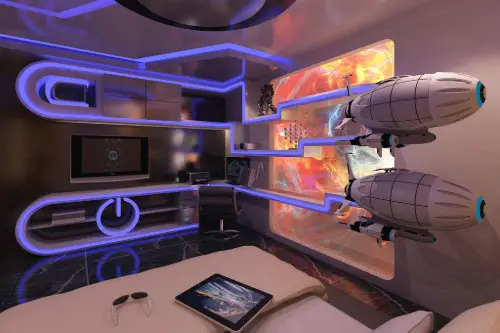
Creating a room that screams a specific theme—like a pirate ship or a jungle safari—can be fun, but it often narrows the pool of potential buyers. When buyers walk in, they want to picture their own style, not feel like they’ve entered a themed attraction. Themes that are too niche or extreme can make the room feel like a novelty rather than usable living space. This personalization can lead buyers to factor in the cost and hassle of undoing the renovation.
Even if the craftsmanship is good, the strong theme makes it hard for future owners to imagine everyday living there. Instead of adding charm, these rooms can come off as a liability. Buyers often prefer neutral, versatile spaces that fit a variety of lifestyles. So, while it might be a conversation starter, it might also be a deal breaker.
2. Removing Bedrooms to Create Larger Living Spaces

Open floor plans are trendy, but removing a bedroom to enlarge a living area can reduce your home’s value. Buyers, especially families, often need a certain number of bedrooms and might see the home as less functional if you reduce that count. The loss of a bedroom can affect your property’s market category and appeal. This is especially true in areas where homes with three or more bedrooms command higher prices.
Even if the space feels more luxurious, buyers who need bedrooms won’t care. The house might look spacious, but fewer bedrooms can mean fewer offers. Sometimes, the home’s size on paper and its usable layout are equally important. So this renovation can unintentionally shrink your market appeal.
3. Installing Low-Quality, Trendy Flooring
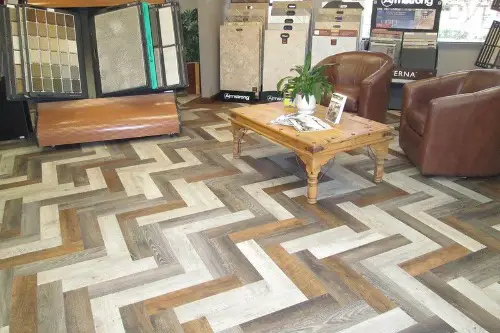
Trendy flooring choices like cheap laminate or vinyl that mimic hardwood might save money upfront but can lower home value. These materials can wear quickly or look cheap to discerning buyers who prefer real wood or high-quality finishes. Some flooring styles fall out of fashion rapidly, making them feel dated soon after installation. When it’s time to sell, buyers might deduct the cost of replacing the flooring from their offer.
Good flooring is an investment, and poor-quality flooring can signal that other aspects of the home might be subpar too. First impressions count, and walking into a home with worn or fake-looking floors isn’t appealing. Buyers want floors that look and feel durable and stylish for the long haul. So cutting corners here can cost you in the resale.
4. Overdoing Kitchen Customizations
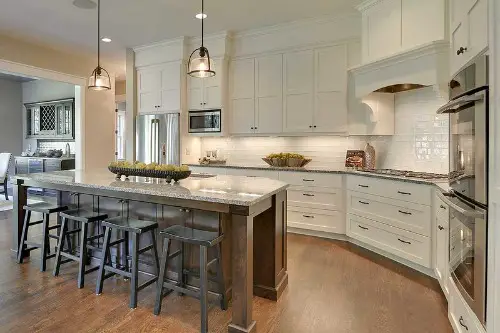
While a kitchen upgrade can boost value, highly customized kitchens can alienate buyers. For example, unusual cabinet colors, non-standard layouts, or very specialized appliances might not fit everyone’s taste or needs. Buyers often prefer kitchens that are functional, neutral, and easy to personalize rather than statement-heavy. Over-customization can make the kitchen feel like a one-of-a-kind project, which could intimidate buyers.
When buyers see a kitchen they can’t easily imagine themselves using, it might lower their interest. The renovation could limit your market to a small group of buyers who love that style. Neutral, classic kitchens tend to have the broadest appeal and add consistent value. So, going too far on personalization here might backfire.
5. Converting Garage Space Into Living Areas
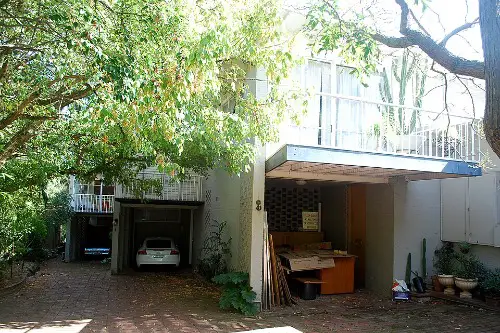
Turning garages into bedrooms or living rooms can be tempting for extra space, but it often hurts home value. Garages are a major selling point because they offer secure parking and storage. When a garage disappears, the home may lose appeal to buyers who prioritize parking, especially in urban or suburban areas. This conversion also sometimes violates local zoning laws or building codes, complicating resale.
Even if the extra room is cozy, losing the garage can be a deal breaker. Buyers tend to value functional garages more than additional living space added at the expense of parking. Restoring the garage later can be costly, making the home less attractive overall. So, this renovation may limit your buyer pool and reduce value.
6. Excessive Wallpaper or Bold Paint Choices
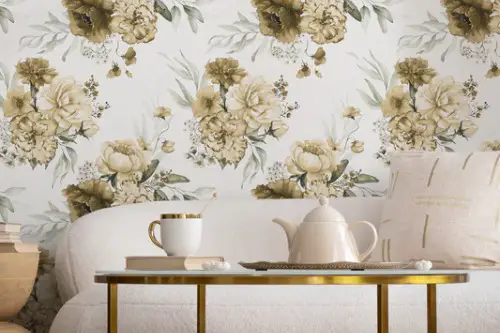
Bold, busy wallpaper or very bright paint colors might reflect your personality but can quickly turn off buyers. Walls that demand too much attention make it difficult for buyers to envision their own style in the home. Even if the paint is fresh, extreme color choices are often seen as a renovation expense to undo. Buyers typically want neutral palettes that create a blank canvas.
Strong wall treatments can also make spaces feel smaller or cluttered. Neutral tones enhance natural light and flow, which buyers love. Overly loud walls could lead buyers to mentally subtract value to repaint. So, what feels fun and vibrant to you may feel like a hurdle to the next owner.
7. Adding a Pool in the Wrong Market
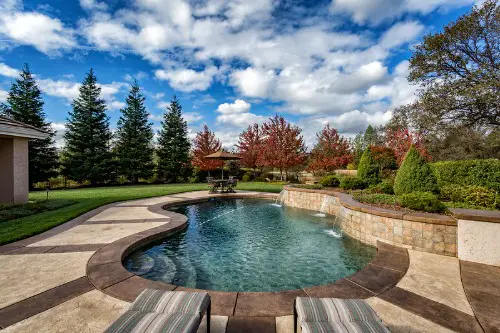
Pools can be a dream feature in warm climates, but adding one in cooler regions or neighborhoods where pools are uncommon can be a financial mistake. Pools require ongoing maintenance, can increase insurance costs, and scare off buyers worried about safety or upkeep. If the majority of nearby homes don’t have pools, yours might stand out in a less favorable way. This renovation can limit buyer interest and lower your home’s value.
In colder climates, pools sit unused most of the year, becoming an expensive liability rather than an asset. Some buyers even see pools as a liability or extra work rather than a luxury. So, a pool in the wrong market often leads to fewer offers or price reductions. It’s important to consider local trends before diving in.
8. Installing Built-In Entertainment Systems

Built-in speakers, projector setups, or custom media walls can impress at first but often date quickly and alienate buyers. Technology moves fast, and what’s cutting-edge today might feel outdated in just a few years. Buyers may also see these systems as too specialized or too expensive to remove or update. This can make them hesitant about the home’s flexibility.
Additionally, these installations sometimes damage walls or ceilings when removed. Buyers want spaces they can easily adapt, not tech-heavy zones that require rewiring or expensive upgrades. So, a high-tech entertainment system can unintentionally narrow your buyer base and reduce value. Simple and versatile is usually better.
9. Overbuilding Bathrooms
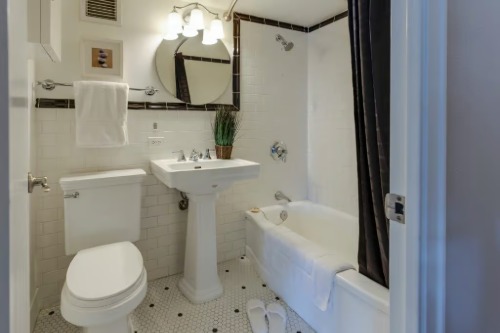
Adding too many bathrooms or very large bathrooms in small homes can sometimes reduce overall value. While one extra bathroom can be a plus, overbuilding leads to less usable space elsewhere. Oversized bathrooms might come at the expense of storage, bedrooms, or living areas buyers find more important. This imbalance can create an awkward layout or wasted square footage.
Buyers tend to value practical, well-proportioned homes. A home with too many bathrooms for its size might seem less functional or harder to maintain. Overbuilding also increases maintenance and utility costs. So, more isn’t always better when it comes to bathrooms.
10. Removing Architectural Details
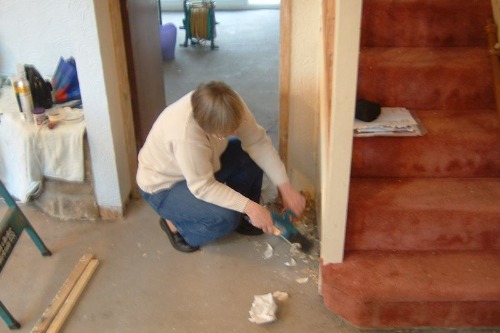
Stripping out crown molding, built-in shelves, or original trim to “modernize” can reduce a home’s charm and value. These architectural details often add character and uniqueness that buyers appreciate, especially in older homes. Removing them can make the space feel bland or generic. It also erases part of what makes the home special and memorable.
Buyers often look for homes with personality, and these features provide that “wow” factor. Modern doesn’t have to mean plain, and losing original details can hurt perceived quality. So, in trying to simplify, you might make your home less desirable. Preserving character typically helps value.
11. Choosing Poor Quality or Cheap Fixtures
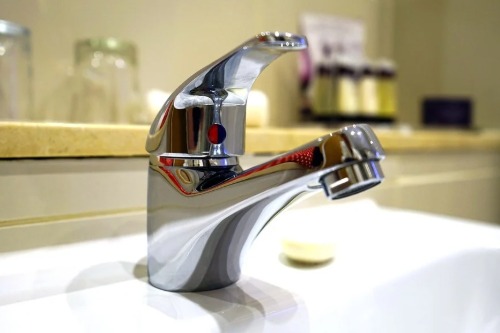
Upgrading fixtures is smart, but going too cheap on faucets, light fixtures, or door hardware can downgrade the whole space. Buyers notice the little things, and cheap fixtures can make the entire renovation feel half-done. They might assume other upgrades were done on the cheap too. This perception can reduce confidence in the home’s overall quality.
Well-chosen, quality fixtures add polish and longevity to your home’s appeal. They make the home feel cared for and up-to-date. Skimping on these details is an easy way to lose value, even if other renovations were solid. So, investing in good fixtures pays off in buyer impressions.
12. Overcrowding Small Spaces with Built-Ins
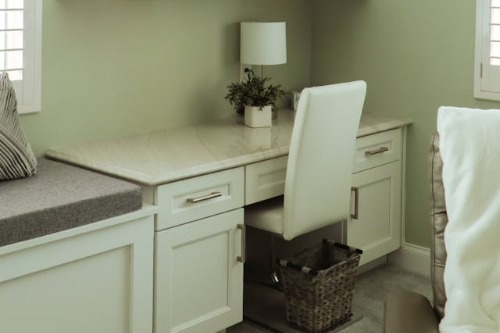
Adding built-in shelving, desks, or storage units to every nook might sound smart, but too many built-ins can make a home feel cramped. These permanent features reduce flexibility and make rooms less adaptable to future owners’ needs. Buyers often want to choose their own furniture layout rather than feel boxed in. Overcrowding rooms with built-ins can also make the space visually busy or cluttered.
Especially in smaller homes, this can diminish the feeling of openness and airiness. Buyers value flow and simplicity over too many fixed elements. So, overdoing built-ins can backfire by limiting the home’s appeal and usefulness. Sometimes less is more.
13. Adding Solar Panels Without Proper Permits or Quality
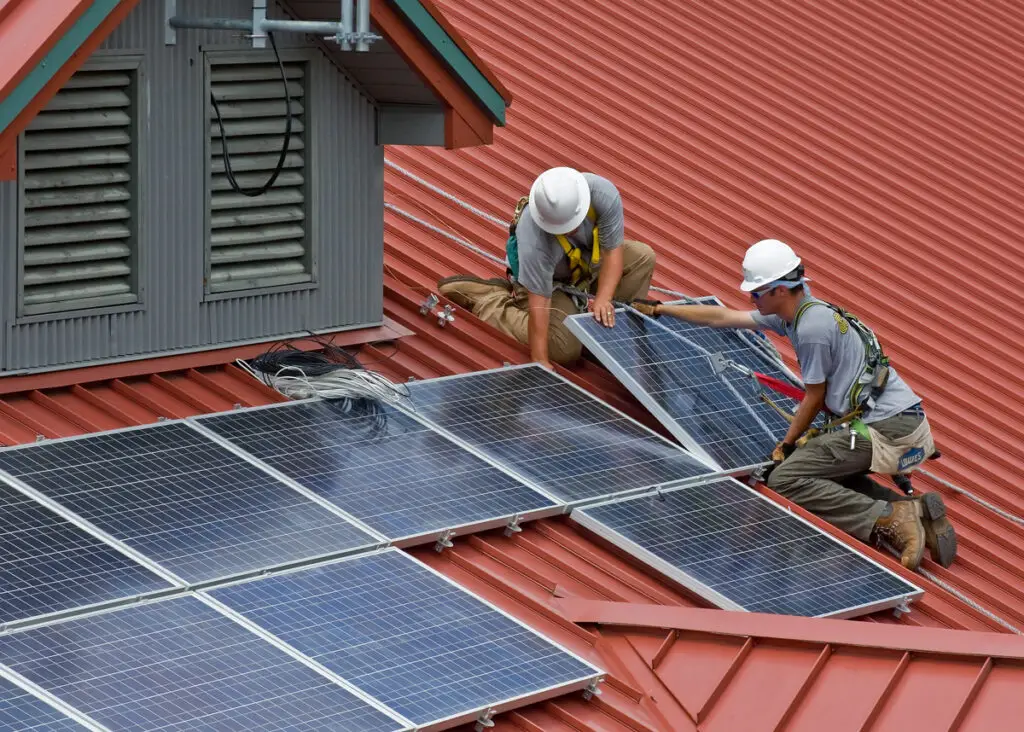
Solar panels can be a great investment, but if installed improperly or without permits, they can cause headaches and lower home value. Buyers want assurance that additions are legal and safe, with proper inspections. Panels that look poorly installed or have expired warranties can scare off buyers. Plus, if panels don’t transfer easily with the sale, buyers may worry about additional costs.
A professionally installed, well-maintained system can add value, but sloppy solar jobs often do the opposite. It’s important to check local laws and hire reputable contractors. Otherwise, this “green” upgrade can end up costing more than it’s worth. Buyers prize peace of mind above all.
This post 13 Renovations That Accidentally Made Homes Less Valuable was first published on Greenhouse Black.
